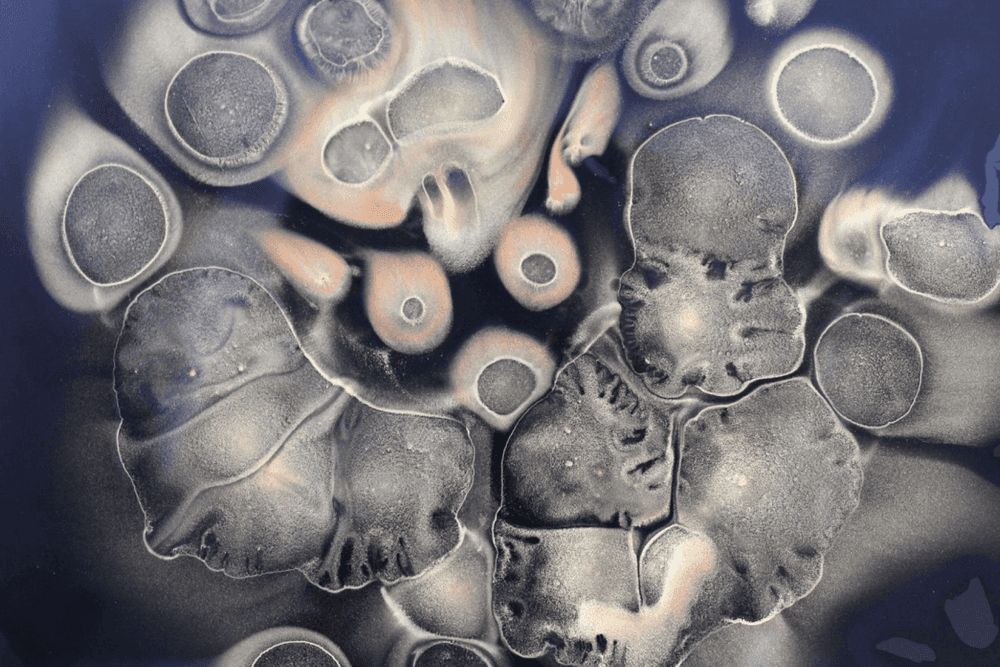The Oral-Brain Axis: Unraveling the Secrets to a Healthy Mind and Body

When our mouths are healthy, they’re home to billions of bacteria, both “good” and “bad.” The “good” ones play a key role. One case in point: they convert dietary nitrates (from leafy vegetables) into nitric oxide, which helps keep our blood vessels (and, consequently, our brains) in good working order. Plus, they limit the growth of unhealthful bacteria and help protect us from harmful microbes in the food we eat.
Unfortunately, among the roughly 700 species of microorganisms that populate the mouth, about 15-30 cause damage. These pathogens tend to accumulate when we develop gum problems and cavities. As these bad actors crowd in, they weaken our natural defenses and enter our nervous systems, bloodstreams, and guts. Their means of access? Being swallowed or pushed into the blood vessels in our gums. Once they’ve infiltrated our systems, they trigger an immune response that can affect our brains and negatively impact cognitive health.
What the science says about the oral-brain connection
Research (including a recently published review of 23 studies) supports the connection between oral health and brain health:
- A 2021 study suggested that dental cavities could increase the risk of serious brain health issues.
- Porphyromonas gingivalis , the bacteria associated with unhealthy gums, has been found in the brains of patients with significant memory deficits.
- A 2020 study published in Neurology suggested that people with severe gum issues were more likely to develop serious cognitive problems.
- A 2020 study in Molecular Psychiatry found that middle-aged and older men with higher levels of Helicobacter pylori (a bacteria associated with unhealthy gums) were more at risk of profound memory challenges.
This calls for an excellent oral care regimen
As we age, more “bad” bacteria tend to build up in our mouths, causing inflammation. To help cull this population of unhealthy bacteria (and to discourage its travel throughout our bodies), stick to an oral care regimen. Your brain will thank you. Here’s how:
- Eat a high fiber diet. A study linked the consumption of foods like fruits and vegetables to a slowdown of gum problems. More fiber means more saliva, which helps clean out the mouth.
- At the same time, cut down on sugary foods and drinks. Sugar fuels the creation (by harmful bacteria) of acid, which destroys tooth enamel.
- Rinse your mouth with water after every meal.
- At least twice a day, brush with a soft-bristle brush and toothpaste for a full two minutes. Make sure to clean along your gumlines. Plus, don’t forget to brush your tongue or use a tongue scraper.
- To remove plaque and leftover food, floss regularly. Rinse afterwards.
- Avoid mouthwash, which can hinder the growth of beneficial bacteria. Products with the active ingredient, chlorhexidine, are the worst offenders. A 2020 study showed rinsing with this type of mouthwash made microbiomes more acidic and reduced the availability of blood vessel-sustaining nitrites.
- On a regular basis, visit the dentist for a checkup and cleaning. They’ll look out for signs of trouble, like sore bleeding gums; tooth loss; and pain when chewing.
- If you have dry mouth, your dentist or dental hygienist might recommend an in-office fluoride treatment or suggest you use a fluoride gel or mouth rinse at home.
The future of dental care
As we learn more about the link between oral and brain health, the following preventative measures could become the norm:
- Dentists might evaluate our oral microbiome by screening for aggressive negative strains.
- We could take an oral probiotic that helps maintain good oral bacteria*. Scientists believe specific microbes make antimicrobial molecules that help kill Streptococcus mutans , a contributor to tooth decay.
- We could use a product with nitrate (in salt or vegetable extract form) to feed certain “good” bacteria.
Sidebar: A quick look at the mouth microbiome
- After the gut, the mouth has the second largest and most diverse microbiota.
- Oral microorganisms include bacteria, fungi, viruses, and protozoa.
- Different bacteria populate different areas of the oral cavity.
- Every individual has a unique oral microbiome.
- Mouth microbes tend to work in teams.
- Launched in 2010, The Human Oral Microbiome Database offers a repository of oral bacterial genome sequences, featuring 772 prokaryotic species.
Sources:
- Narengaowa, Kong, W., Lan, F., Awan, U.F., Qing, H., Ni, J. (2021, Apr 14) Frontiers in Cellular Neuroscience.
- Daly, B., Thompsell, A., Sharpl, J., Rooney, Y. M., Hill, L., Wanyonyi, K. L., White, S., Gallagher, J. E. (2018, Jan) National Library of Medicine.
- Sharkey, L. (2019, Sep 14) Medical News Today.
- Chrisensen, T. (2021, Mar 19) American Heart Association News.
- Hindin, H. (n.d.) American Academy of Physiological Medicine & Dentistry.
- Williamson, L. (2021, Nov 1) American Heart Association News.
- Booth. S. (2019, May 5) Healthline.
- Campbell, K. (2021, Oct 27) Nature .
- (2019, May) NIH News in Health.
- Deo, P. N., Deshmukh, R. (2019, Jan-Apr) National Library of Medicine.
